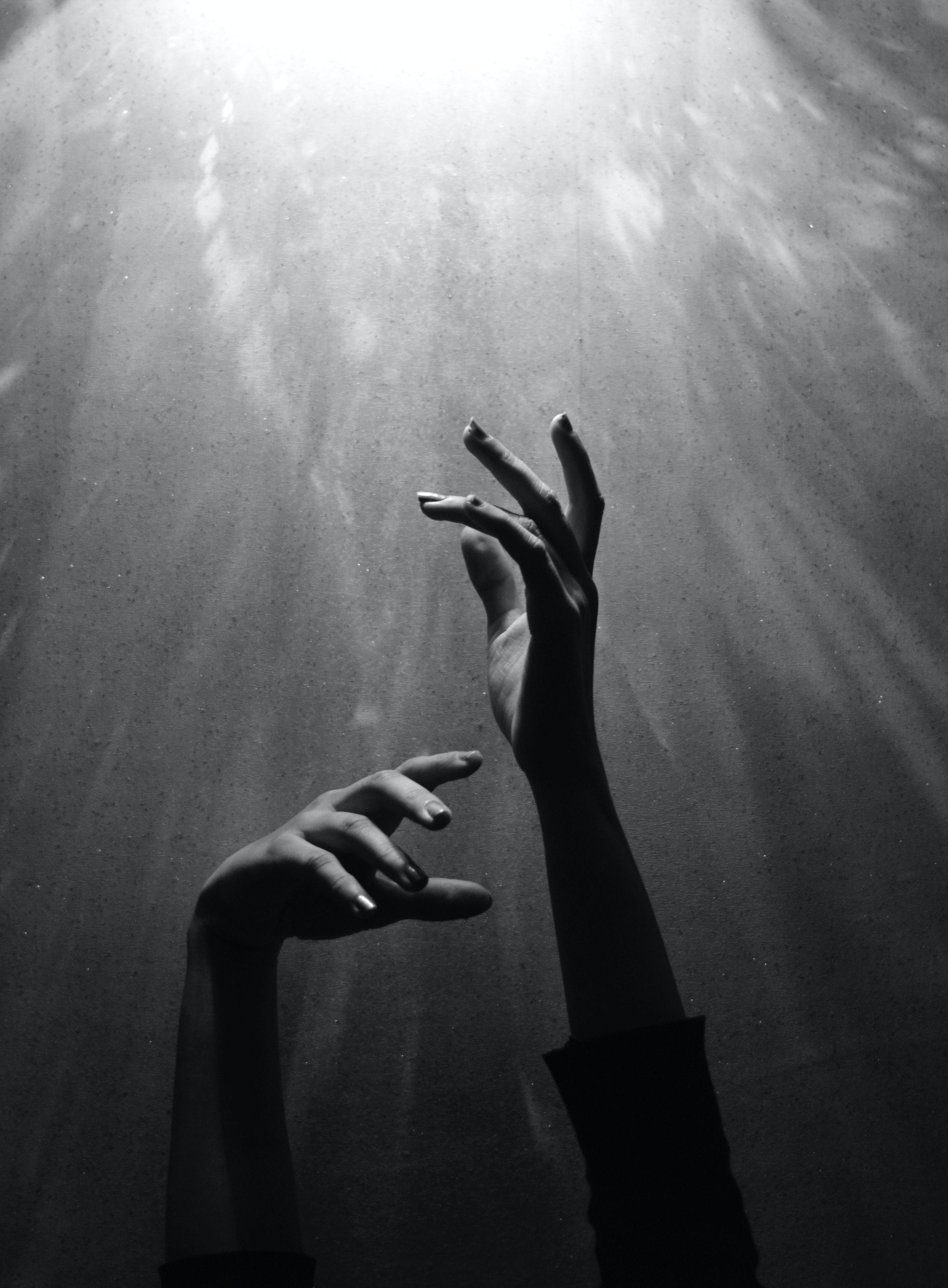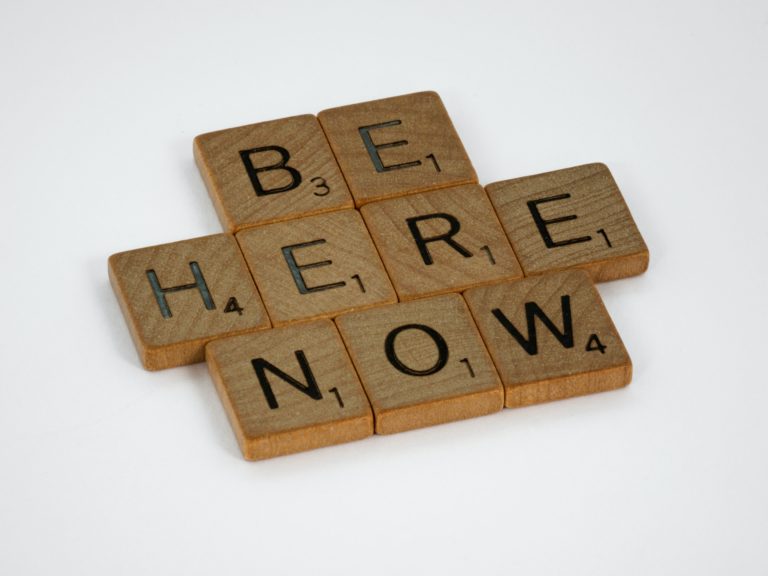Move to Heal: Dancing Improves Happiness
Anyone traveling to Bulgaria visiting the famous Magura caves can convince themselves that already 10.000 years ago our Neolithic ancestors were dancing. The prehistoric paintings carved in the cave walls show a variety of women and men, dancing around the fire as well as in rituals for fertility and hunting. Dancing is an ancient movement form, both sacred as well as primal, connecting us on a deep level with our bodies and with each other.
And still today – we dance. Only the forms have changed and evolved, today we have many different forms to move our feet and body to the beat of the music: tango, salsa, waltz, hip hop, ballet, boogie, step, jazz – the list goes on.
But why exactly do we dance? What in this ancient form of movement do we connect with so deeply that our bodies almost instantly start moving when music is played?
Our ancestors danced mainly for survival. In challenging times, dance was used not only as a means to bond and communicate, but dancers who were coordinated and rhythmic also had a higher chance of survival. The days of dancing for our survival are long gone in our overabundant society. Nowadays, people mainly dance for one single reason: because dancing makes us happy.
Dancing releases endorphins
We can’t help it, but everyone loves dancing! Even small babies clap their hands and shake their heads to the rhythm of the beat. Dancing and music just simply make us feel good. But of course, there is also an explanation why dancing makes us happy. Dancing triggers the release of endorphins.
Endorphins are hormones produced in the central nervous system and the pituitary gland, and are normally released during physical exercise. They are known to reduce our perception of pain and trigger a positive feeling in the body. Dancing, as a form of physical exercise, releases these endorphins. However, what’s remarkable is that dancing triggers the release of much more endorphins than any other known exercise. This is because dancing and music also trigger the nucleus accumbens, our brain’s pleasure centre.
Whirl your stress away
Linked to an excessive release of our feel-good hormone endorphin is also the reduced secretion of the stress hormone cortisol. When we dance, we signal our body that ice are safe and that we can relax and enjoy the pleasure of just rhythmically moving to the beat of the music. Stress factors of modern society are mainly emotional in nature. However, when we physically move our bodies, we are able to release our stress, signaled by our autonomous nervous system.
Next to reducing stress, dancing also has been shown to improve problem-solving skills and creative thinking patterns. Hence, it could not only be used to reduce work-related stress, but also to increase performance and happiness at work.
Release your stuck emotions
It’s not only stress that can remain stuck in our body, but also emotional trauma and negative, unprocessed emotions can block the flow of energy and keep us in ‘fight or flight‘ mode. Dancing connects to the emotional centers in the brain and can trigger a release of emotions. Our emotions – energy in motion – are best released when our body moves, vibrates and flows. Then all the tension, stagnant and negative energy can then get out of the body. In this way, dancing is a safe and effective way to let go of all emotions we were unable to process on a mind level. With the help of movement, our body is finally able to clear all the stuck energy.
If you want to learn more about how dance and movement can be used as a form of meditation to release and transform emotions and transcend to a higher realm, read our article about the Osho Active Meditation.
Release your stuck emotions
Dancing is much more than just a physical exercise. It is also a deeply spiritual practice, one in which we get to experience deeper layers of ourselves. Dancing is both one of the most gracious yet most primal things we can do with our bodies. When we dance, we are fully present in the body and therefore also fully in the here and now, something that is very rare in our technological age.
There are no fears when we dance, no thoughts, no worries about the future. It is just us moving through space with our bodies as the vessel. Who dances knows how much freedom we can experience in simply moving our bodies. We don’t need anything to dance – not even music – we just need our bodies. Through dance, we can connect to the playful nature of our inner child or our divine femininity or masculinity. Through dance we realize our own grace, our divinity, our beauty, strength, power and sensuality.
Social Bonding
Next to connecting us to our bodies, dancing is also an inherently social activity that creates social bonds on many levels. As we can learn from the cave paintings, already our Stone Age ancestors danced in groups and communities as a means to celebrate, bond and perform rituals. And also these days, dancing is an activity that can stimulate intimacy and human connection through physical bonds. By dancing, we can meet new people, share experiences and create a group feeling, which has a positive effect on our mental health.
Endorphins, emitted during dancing, are also involved in social bonding across primate species, enhancing the connecting mechanisms of dancing even more.
Movement as medicine
Various studies have also demonstrated the therapeutic benefits of dancing. In a study of the University of Örebrö, dancing had a positive effect in the treatment of mental health issues such as anxiety and depression. As dancing releases happiness hormones, lowers stress, helps us to move through heavy emotions and reveals bonding properties, it has a great potential to be used as an alternative treatment method for mental health conditions.
Our ancestors definitely knew what they were doing when they danced around the fires many many moons ago. Dancing makes us happier and therefore also healthier in almost every area of life. It releases endorphins in the body, lowers our stress levels, helps to process emotions, connects us to our inner wisdom and increases social bonding and it even has the potential to be effective in the treatment of mental health issues.
Music and dance, just like language, are forms of communication so vital for the survival and development of our species that they are deeply embedded in our brains. When we move to the rhythm of the music, we are drawn into a different world, an inside cosmos full of pure bliss and ecstasy.





